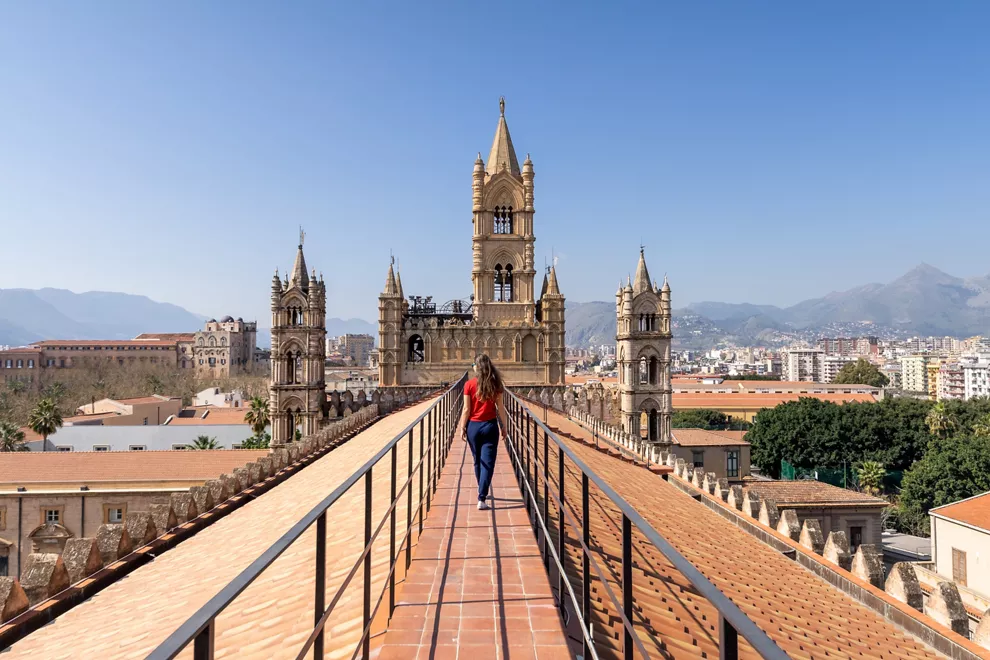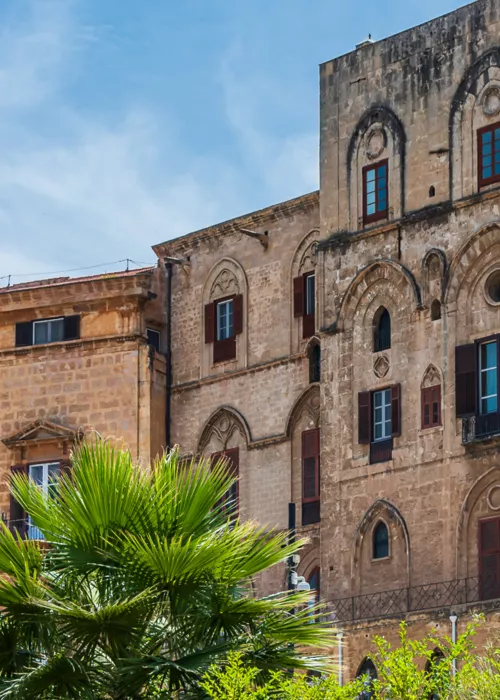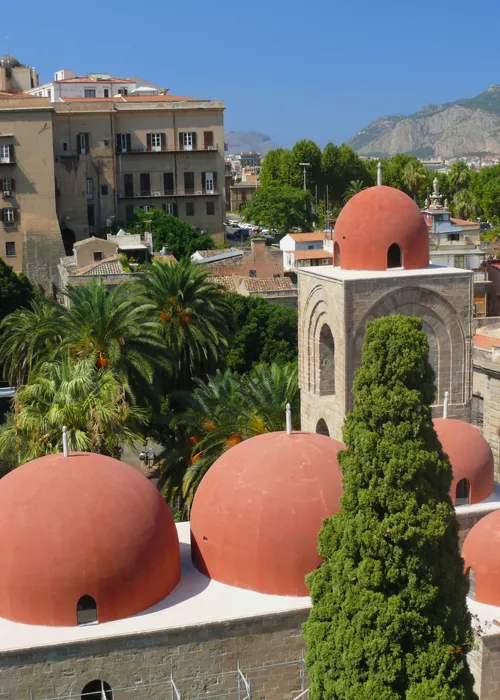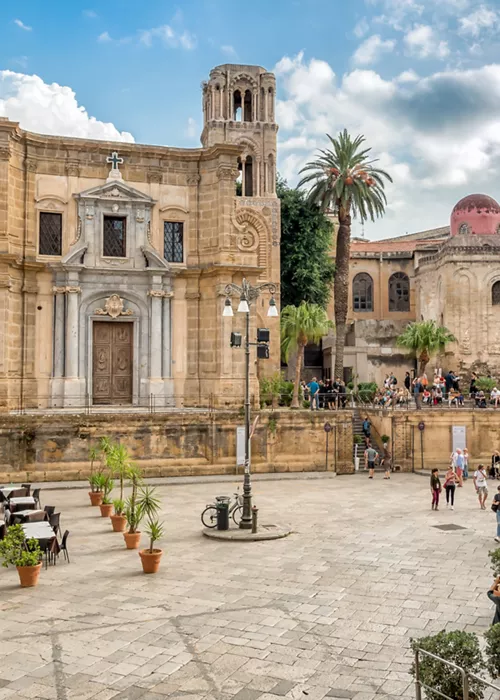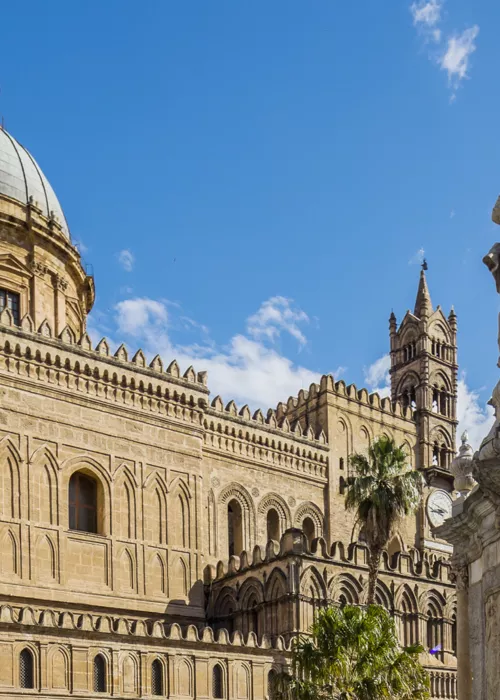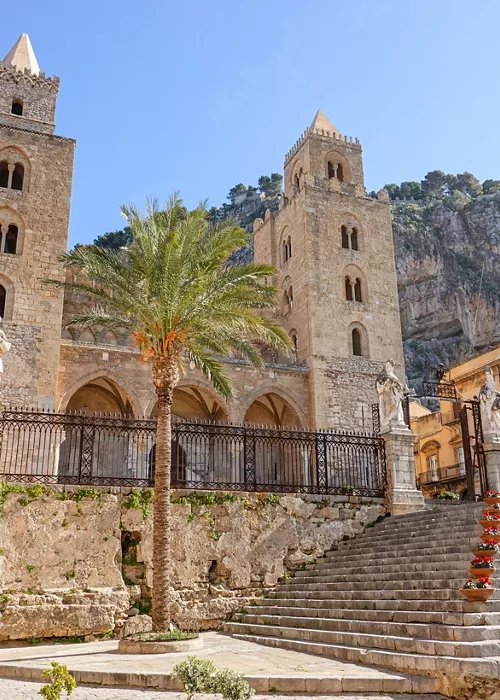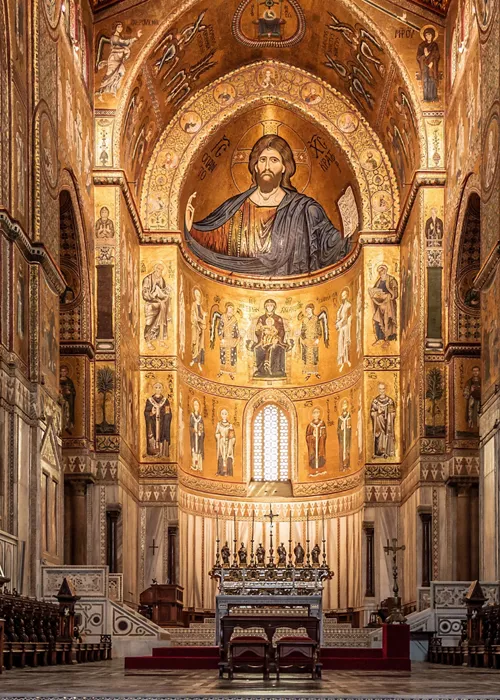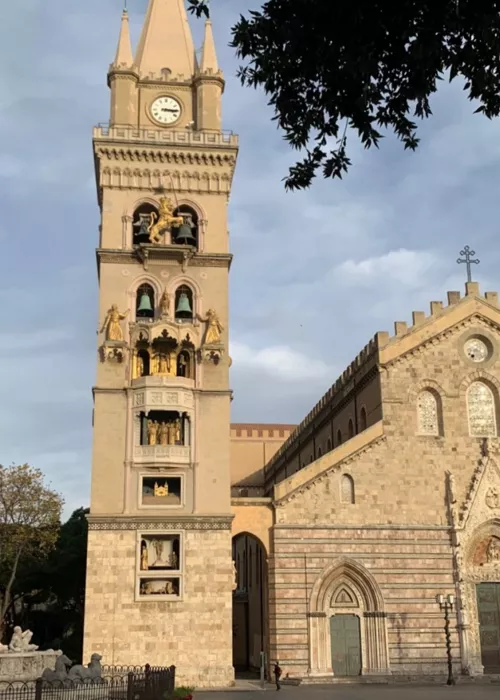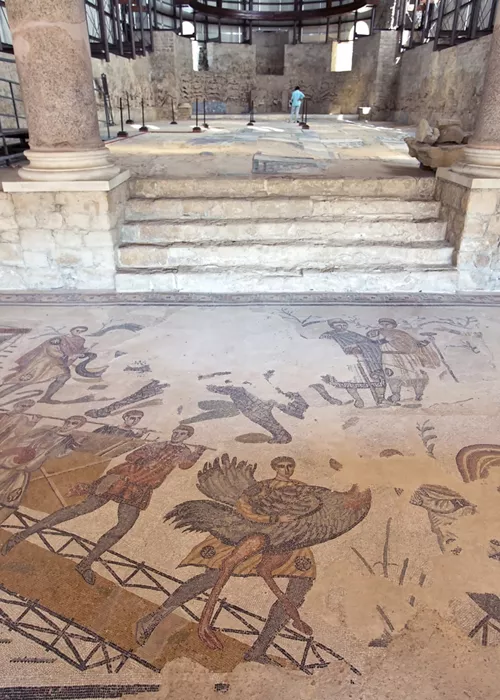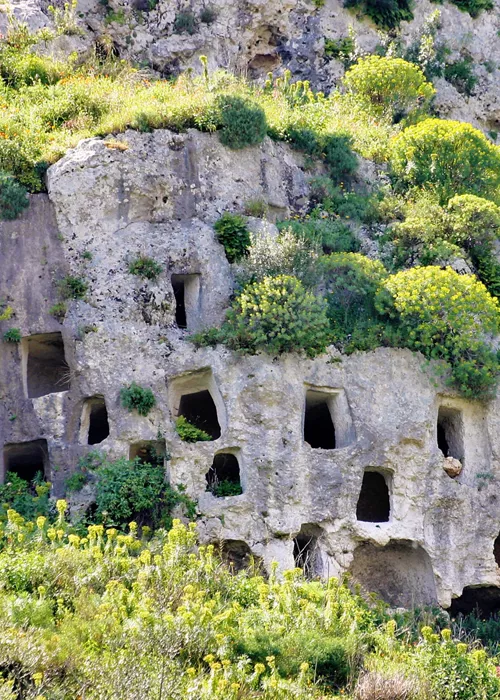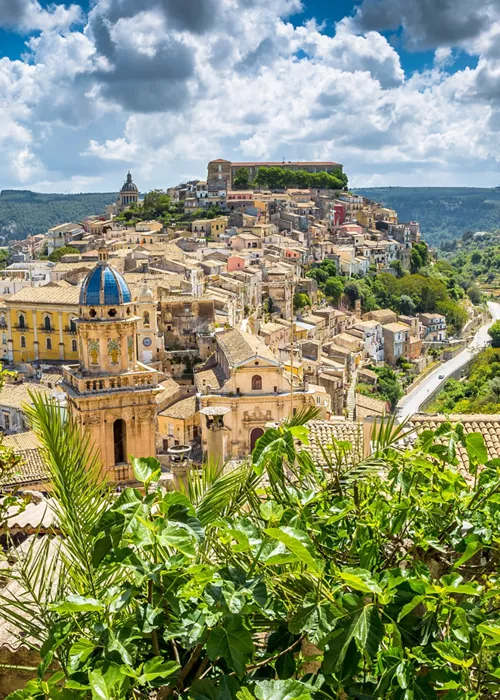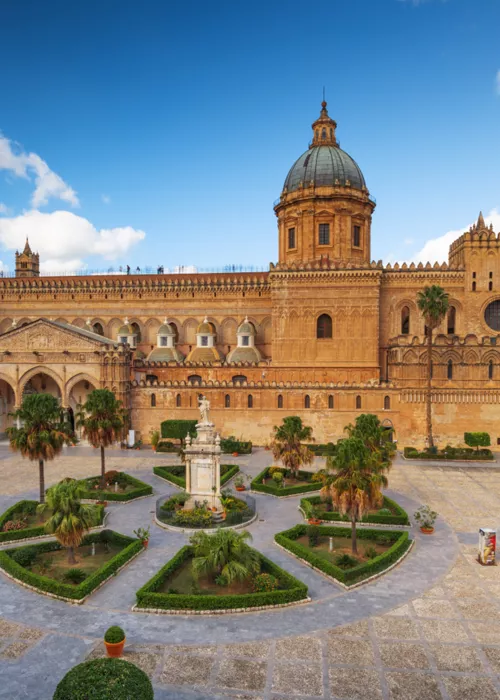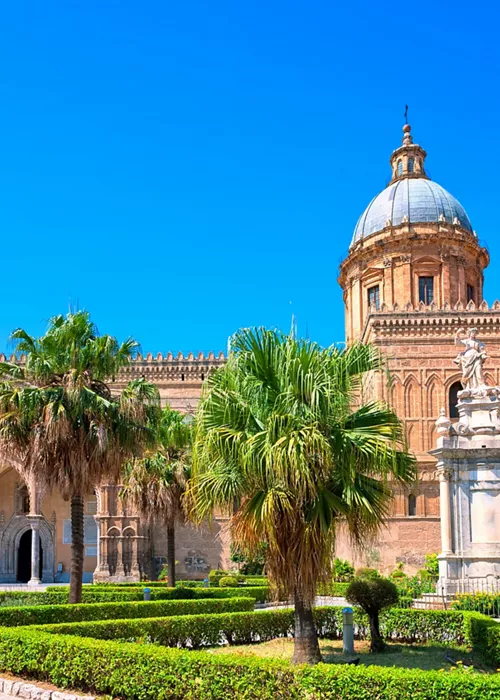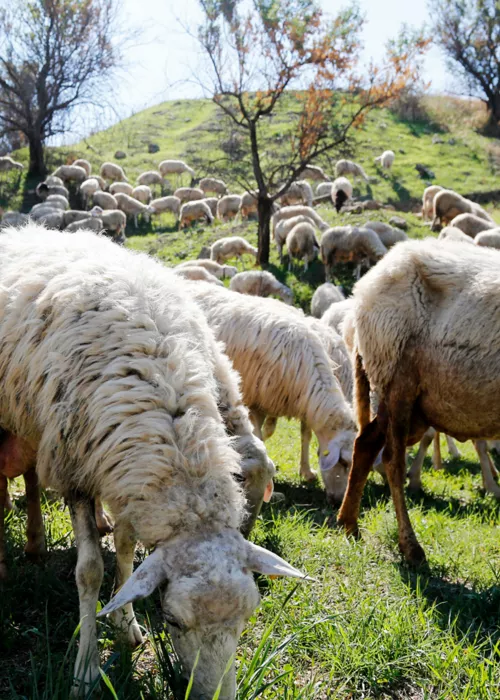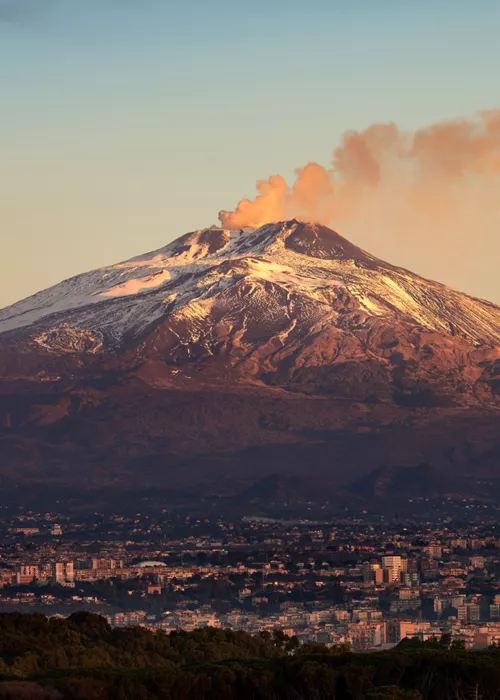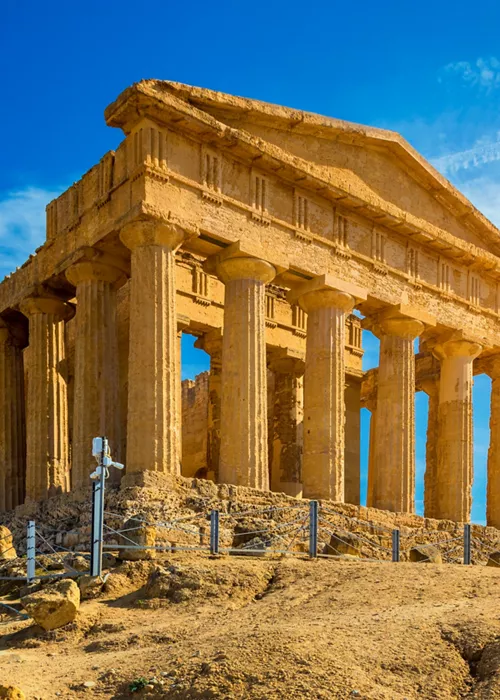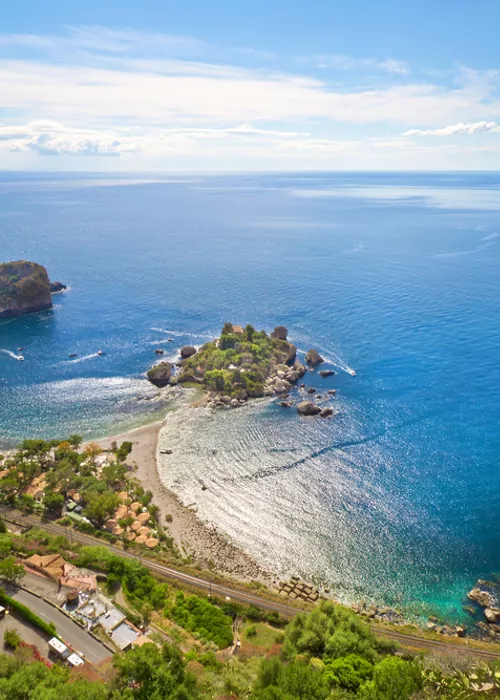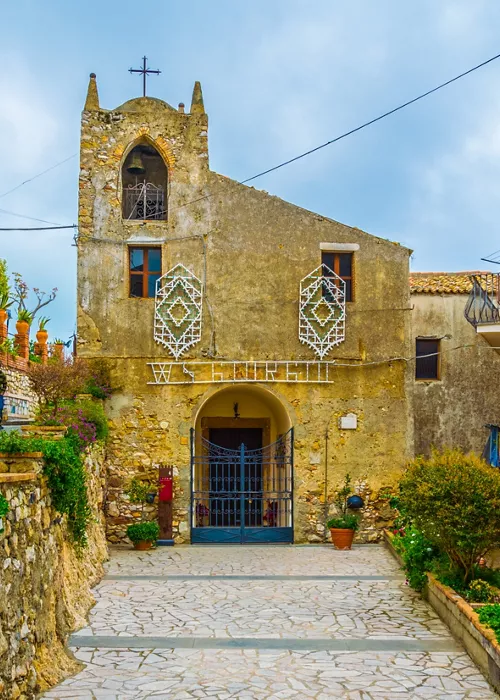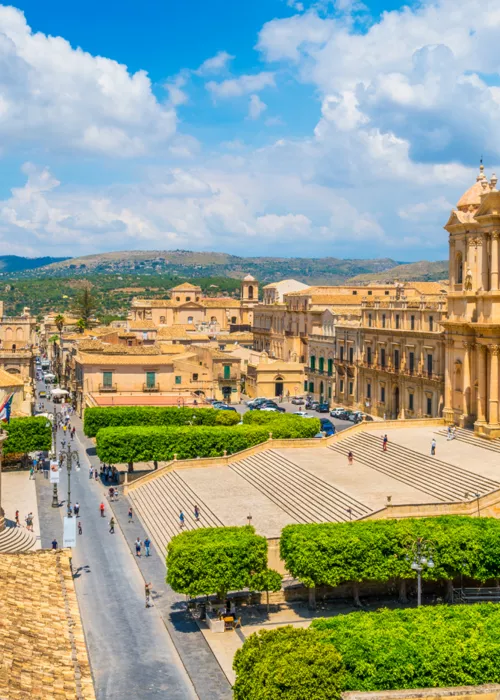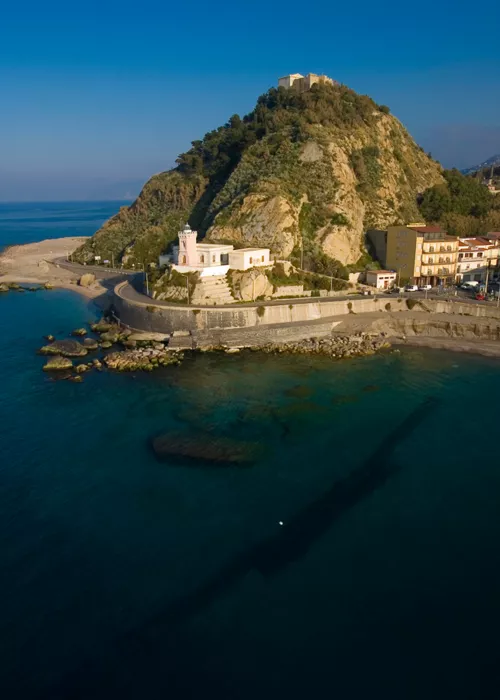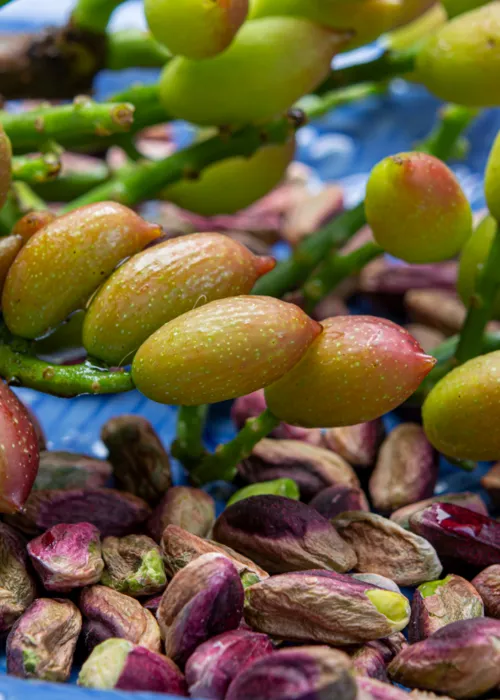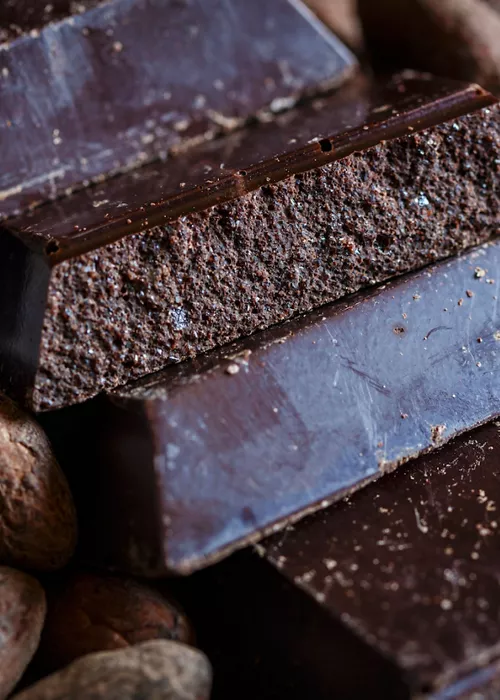Arab-Norman Palermo and the Cathedral Churches of Cefalú and Monreale
4 minutes
With a unique artistic and architectural heritage, a sign of the many souls that have passed through it over the centuries, Palermo is a city with a thousand faces. One of these is the legacy left by the Norman Kingdom of Sicily (1130-1194), which led to the inscription of Arab-Norman Palermo among the undisputed wonders that are now UNESCO World Heritage Sites. Three churches, three cathedrals, two buildings, a bridge: these are the nine wonders of the Arab-Norman Palermo listed by UNESCO as World Heritage in 2015. Built during the Norman Kingdom of Sicily (1130-1194), these buildings are the result of a combination of different architectural and artistic traditions: Byzantine, Islam and Western, their fusion has given life to a unique style, proof of the fruitful coexistence between people of different origins.
What is meant by Arab-Norman Palermo
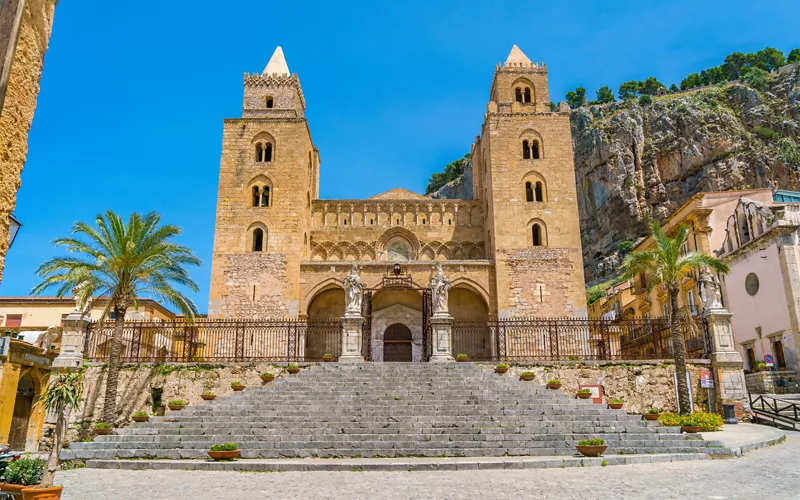
The wonders of Arab-Norman Palermo are spread between the historical centre of the charming northern Sicilian city and the towns of Cefalù and Monreale, home to two cathedrals that symbolise the power of the Norman Kingdom of Sicily in the late 1100s.
These splendid examples of Arab-Norman architecture in Palermo, starting with the sumptuous Royal Palace, the historical palace of the Norman kings, are not enclosed in a single area, but can be visited by following the so-called Arab-Norman route of Palermo in nine stages that, starting from the Palazzo dei Normanni, will take you to the Palatine Chapel, the Church of San Giovanni degli Eremiti, the Church of Santa Maria dell'Ammiraglio or della Martorana, the Church of San Cataldo, the Zisa Castle, the Admiral's Bridge, the Cathedral of Cefalù and that of Monreale.
History and information on Arab-Norman Palermo
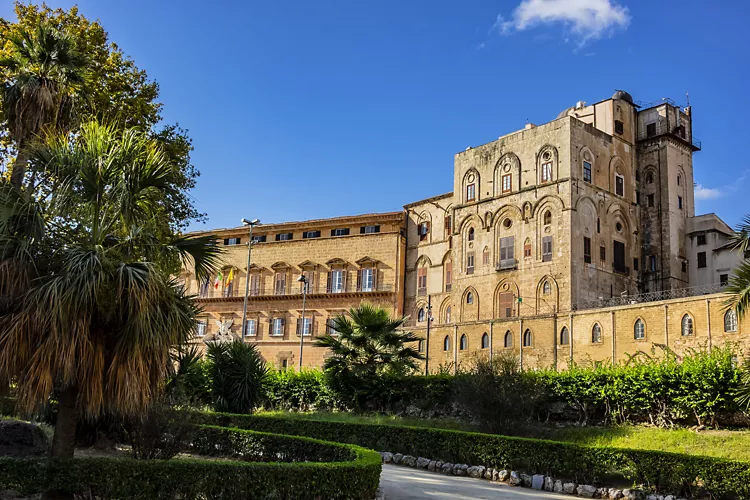
Thanks to its central location, Palermo has hosted a variety of civilisations and cultures over the centuries, from the Phoenicians to the Greeks, Romans to the Arabs. The city's period of maximum splendour, is tied to the arrival of the Normans in Sicily at the end of the year 1000 and to the figure of Roger II of Sicily, who enriched the capital with architectural and engineering works recognised as World Heritage Sites.
The exceptional convergence of Western, Islamic and Byzantine culture continued under the reign of Frederick II of Swabia, who is still buried in the architectural marvel that is Palermo Cathedral.
Why it is a UNESCO site
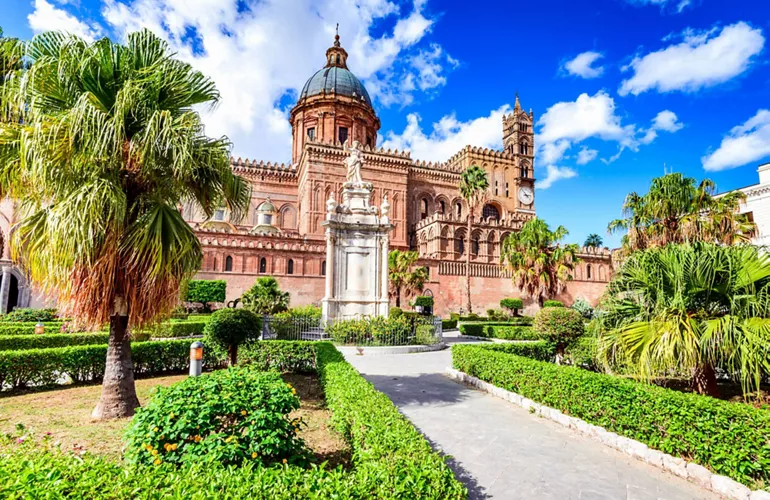
Arab-Norman Palermo is an exceptional example of artistic syncretism in which elements of Western architecture are found combined with Arab and Byzantine architecture. This stylistic synthesis led UNESCO to include the Arab-Norman Palermo and the Cathedrals of Cefalù and Monreale in the World Heritage List in 2015, recognising their important contribution to the development of architecture on the Tyrrhenian side of southern Italy and throughout the medieval Mediterranean region.
What to see in Arab-Norman Palermo
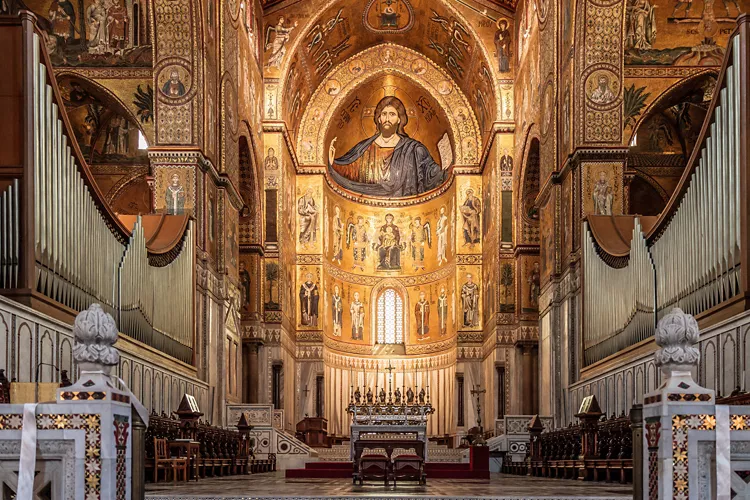
If you want to discover the wonders of Arab-Norman Palermo, get ready for a tour full of charm and history that starts from the imposing Palazzo dei Normanni, the oldest royal residence in Europe and one of the most visited monuments in Sicily. Built on the initiative of Roger II, the original structure was rich in terraces, loggias, gardens and water basins with an Arabic flavour. After almost three centuries of complete abandonment, the Royal Palace was chosen as the residence of the Spanish viceroys and was profoundly modified. The traces of the changes are clearly visible from the outside, but if you want to be amazed by Palermo's Arab-Norman jewels, you must enter the palace.
The Hall of Ruggero features striking mosaics depicting hunting scenes from the reign of William I, son of Ruggero II. However, the real masterpiece, a perfect example of the encounter between different cultures and religions, is the Palatine Chapel, built immediately after the coronation of Roger the Second in 1130. Prepare to be dazzled by the Byzantine mosaics covering the walls with episodes from the Old and New Testaments and look up to see something unique: the muqarnas typical of mosques, but painted with elements that include human figures.
The Arab-Norman route passes through Palermo Cathedral, consecrated in 1185. Like the neighbouring Royal Palace, the Cathedral has also undergone major changes over the centuries that are still visible today. You can have fun identifying the different elements such as the elegant Gothic-Catalan style portico or the three ogival arches in the form of arabesques. Inside, the Norman architectural layout was replaced in the late 1700s with a neoclassical one. Once inside, be sure to visit the Chapel of Santa Rosalia, where the remains of Palermo's patron saint are kept, and the impressive crypt containing 23 sarcophagi from different eras. The Cathedral also houses the red granite sarcophagus of Frederick II of Swabia.
The Church of San Cataldo, erected in the 12th century, has fascinated tourists and visitors for centuries with its essential structure and Arab-inspired red domes. The Church of San Cataldo is one of the icons of multiculturalism in Norman Palermo together with the Church of San Giovanni degli Eremiti located near the Norman Palace. With its five red domes, this small church, now deconsecrated, is an oasis of peace amidst the city traffic.
Next to the Church of San Cataldo stands the Church of Santa Maria dell'Ammiraglio, also known as the Martorana. Step inside and be amazed by some of the most beautiful Byzantine mosaics in Palermo, which have remained intact despite the many manipulations the structure has undergone over the centuries.
Outside the city walls is the Palazzo della Zisa, a pleasure palace whose construction was begun by King William I and completed by his son William II around 1175. Also known by its Arabic name Al-ʿAzīza, "the splendid", the palace stood within the vast Genoardo Park, from the Arabic Jannat al-arḍ, "paradise of the earth". Today it is home to the Museum of Islamic Art, a valuable testimony to medieval Muslim architecture and art.
You cannot consider a visit to Arab-Norman Palermo complete without seeing the Cathedral of Monreale and the Cathedral of Cefalù. The former, located five kilometres from Palermo in the heart of Monreale, is famous for the astonishing Byzantine school mosaic decoration with a gold background that almost entirely covers its walls, reaching an extension of 6,340 square metres.
The Cathedral of Cefalù, just over an hour from the centre of Palermo, will leave you speechless with its scenic position under the rock that dominates the town, a stone's throw from the sea, and its two imposing corner towers that recall the construction techniques of the churches of Normandy.
Wandering around Arab-Norman Palermo is one of the pleasures you should indulge in at least once in your life.

